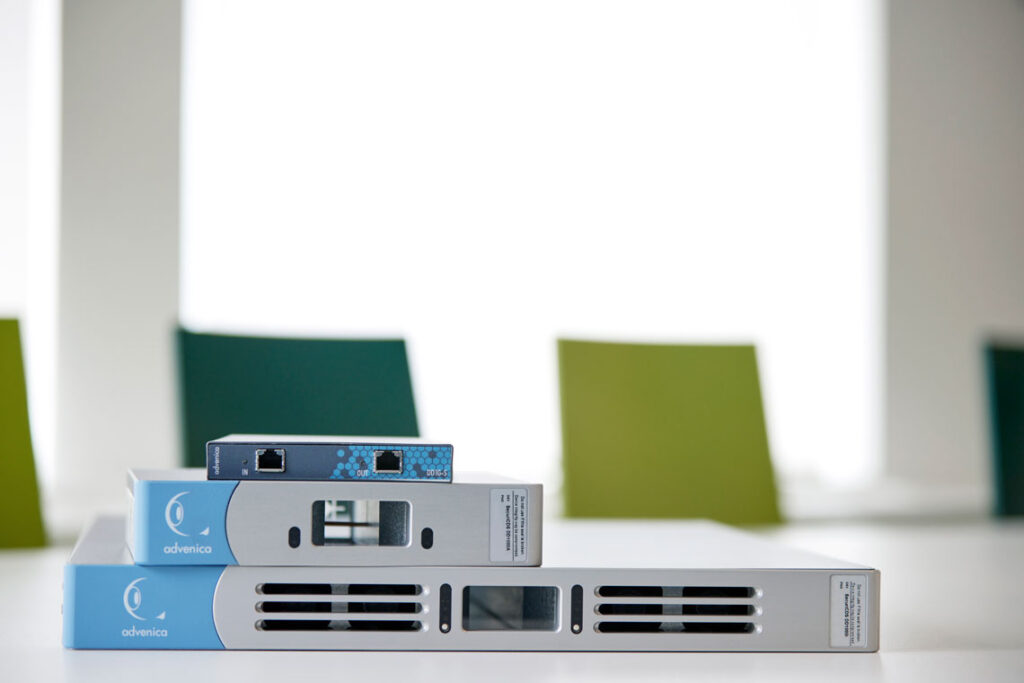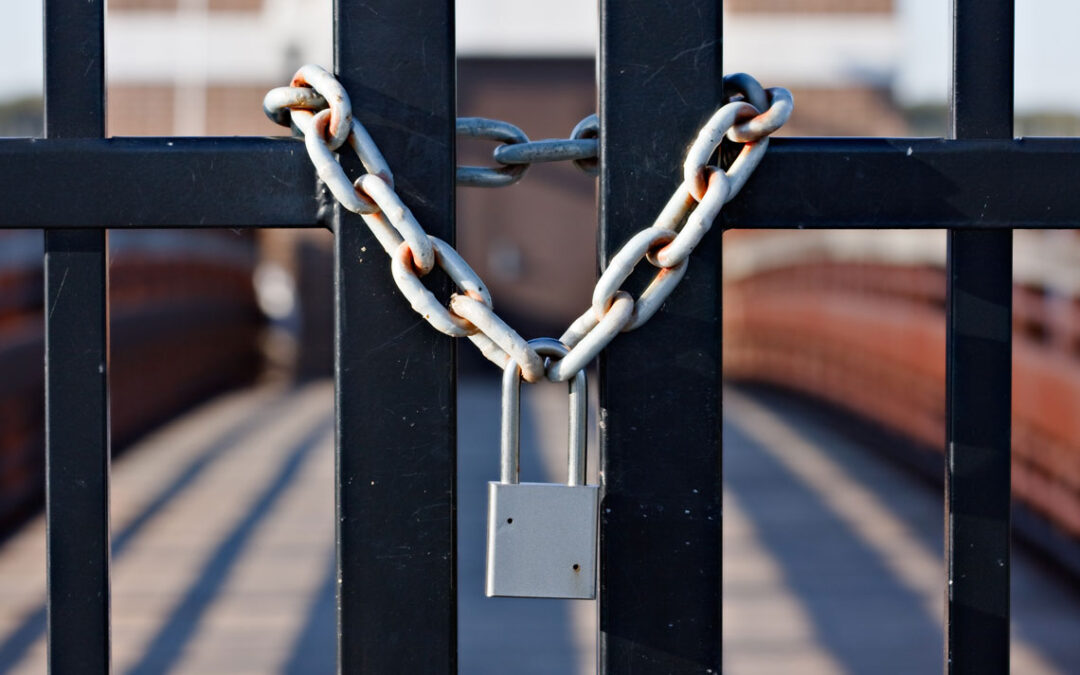Investing in sufficiently high security is never a mistake as it is more expensive to be exposed to a cyberattack. But it can, for different reasons, be a challenge to convince management to invest in security. It is sometimes wrongly considered to be both expensive and unnecessary. In this blog post, we will give you several arguments you can use to explain that a data diode is a simple solution with high security – well worth an investment.
To invest in a data diode
Investing in a data diode means investing in a high-security solution – it cannot be compared with ordinary measures for IT security. If you need to transfer information to or from a security-sensitive network, “regular” IT security is not the only solution you should choose.
Data diodes are the fail-safe way to protect sensitive systems and confidential data. A data diode is a security product that is placed between two networks, acting as a non-return valve whose function only allows data to be sent in one direction while blocking all data in the opposite direction. Since the security properties of the data diode are based on hardware and optical fiber, it can be shown that it is physically impossible for data to be transported in the opposite direction. Because security is not based on software, there are no vulnerabilities in the form of software bugs, nor can it be attacked by malicious code. Hardware-based security means that you can show that data diodes have high assurance.
Read more about data diodes!

Arguments for why a data diode is worth the investment
Sometimes you may need to justify why you need to make a certain investment. To make it as easy as possible for you, we have listed several arguments that you can use to motivate an investment in a data diode!
The alternative cost can become very high
An attack can become very expensive, for example you can lose money due to:
- Downtime affecting your operations
- Lost revenue
- Restoring and cleaning up systems
- Lost trust/goodwill
An average cyberattack in 2021 could cost around USD 3.86 million to USD 4.24 million. So, protecting yourself against this is more than important. It is vital.
Many might think “We have our firewall, what else can we do?”. But, if you have information or systems that are crucial to your organisation, perhaps your whole operation depends on it, you may find it appropriate to mitigate your risks and invest in a high security solution. Many networks require extra protection against manipulation and data leakage as they contain classified or sensitive information. If these networks/systems are exposed to an attack, a firewall will probably not protect you from having to spend a lot to recover. Ask your management if they are prepared to pay what it takes to repair your systems after a cyberattack rather than invest in adequate security – because it is not a matter of if you will be attacked, but when.

Present a calculation of how much money the investment can save you
Not having adequate cybersecurity can actually cost more than investing in high-security solutions. In this example, we will use the ROSI model to show the price difference between investing in a data diode and being the victim of a cyberattack.
A company has decided to protect their sensitive systems for process control from malware and to enable export of measurement data in real time. They have decided to invest in a data diode.
In this example, the data diode costs 200 000 SEK and is followed by a yearly MSA of 25%. The installation cost is 10 000 SEK and the yearly cost for maintenance is 20 work hours.
If you instead of using a data diode use a USB stick to transfer information in an air-gapped environment, it is quite certain that you will get malware into your system once every five years. There is anti-virus control within the system, but that costs a day’s work to clear and investigate. Once every 20 years, the virus spreads to critical parts of the system and causes a day’s downtime. This downtime, and reparation of the system, costs 5 000 000 SEK.
Investing in a data diode would result in the following:
ROSI: 132,7%
Savings of manual management: 132 600 SEK
Savings of mitigated risk: 143 280 SEK
So not only do you get a ROSI of 132%, you also save money from the manual labour of virus-scanning and handling portable media and you can have your personnel doing more productive things.

A data diode means lower OPEX costs
Investing in a data diode means investing in a solution that is easy to operate. It requires almost no maintenance at all as its operation is simple and based on hardware. The CAPEX cost will be the largest part of the investment, while the OPEX cost will be very low.
Advenica’s data diodes DD1000A and DD1G are constructed with components that have a very long life and lack mechanically moving parts such as fans or processors. Once you have installed these data diodes, you do not need to do any updates. The MTBF for these products is 91,000 hours, i.e. just over 10 years. Data diodes are thus products that last for a long time, without needing too much costly maintenance during that time.
Do you want to know more about our data diodes?
Do you need help? Do not hesitate to contact us!




